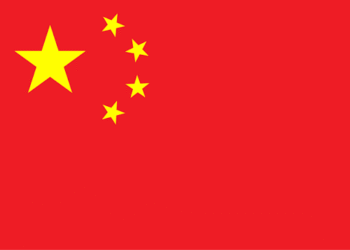By Tahir Amin
Islamabad: Stronger growth and investment in Pakistan predicated on implementation of reforms to strengthen the business climate, an improvement in the security situation, implementation of the China Pakistan Economic Corridor (CPEC) and an associated easing in energy constraints are projected for Pakistan in a World Bank report titled “Global Economic Prospects (GEP) spillovers amid weak growth.” The report launched Wednesday further states that with national elections due in 2018 in Pakistan, hard-won fiscal consolidation gains may be lost if spending ramps up in the pre-election period.
In addition, sovereign guarantees associated with the CPEC could pose substantial fiscal risks over the medium-term. Pakistan stands to benefit from three tailwinds over the near- to medium- term, with an average growth projected at 5.5 percent over the forecast period. These include rising investments from China under the CPEC agreement; the anticipated return of Iran to the international economic community; and persistently low international oil prices.
The CPEC will connect western China to the Arabian Sea via the new port of Gwadar. Estimated at around $45 billion of investment until 2030, the initiative will finance a series of transport infrastructure projects ($11 billion, mostly public investment) and energy projects ($33 billion, mostly private). The CPEC agreement has further bolstered investor optimism, and, if implemented, has the potential to lift long-term growth, maintained the report. The report further states falling oil prices have improved investor and consumer confidence, and domestic policy reforms in India and Pakistan have reduced vulnerabilities.
Elsewhere in the region, macroeconomic adjustment in Pakistan under an International Monetary Fund (IMF) programme is progressing, while efforts to crack down on violent crimes in Karachi, the country’s industrial and commercial hub, are supporting investor confidence.
However, both India and Pakistan have been on a path of fiscal consolidation over the past three years, and fiscal restraint is curbing demand-side pressures. A lower inflation has enabled the central bank in Pakistan to cut policy rates to support activity.
Pakistan’s current account deficit has continued to narrow, reflecting a lower oil import cost and strong remittance inflows. Pakistan has also made progress in reining in its budget deficit from 8.4 percent of GDP in fiscal year 2013 to 5.3 percent in fiscal year 2015. However, debt levels remain high at 65 percent of GDP, the result of years of fiscal slippages, and interest payment costs are about 4.4 percent of GDP.
In Pakistan, the authority to grant tax exemptions has been transferred from the Revenue Board to parliament while efforts continue to implement an ambitious tax reform agenda. The central bank, with IMF assistance, is gradually strengthening monitoring of financial stability risks, and is in the process of instituting a modern deposit insurance scheme in line with international best practices, the report added.
Moreover, export flows tend to be highly concentrated, with the European Union and United States as major trading partners notwithstanding a recent shift of India and Pakistan towards East Asia and Sub-Saharan Africa. As a share of GDP, intra-regional exports are smaller than anywhere else in the world. On average, India, Pakistan, Sri Lanka and Bangladesh’s exports to each other amount to less than 2 percent of total exports. Estimates of the size of unofficial trade vary between countries, with recent studies placing the value of Indian exports to Pakistan at about $1.8 billion.
The report states that there are no statistically significant spillovers for Pakistan. In Bangladesh and Sri Lanka, growth falls by 1.2 and 0.5 percentage points, respectively, in response to a 1 percent decline in global growth, and by 2 percentage points in Pakistan (although, as before, the last result is not statistically significant).















